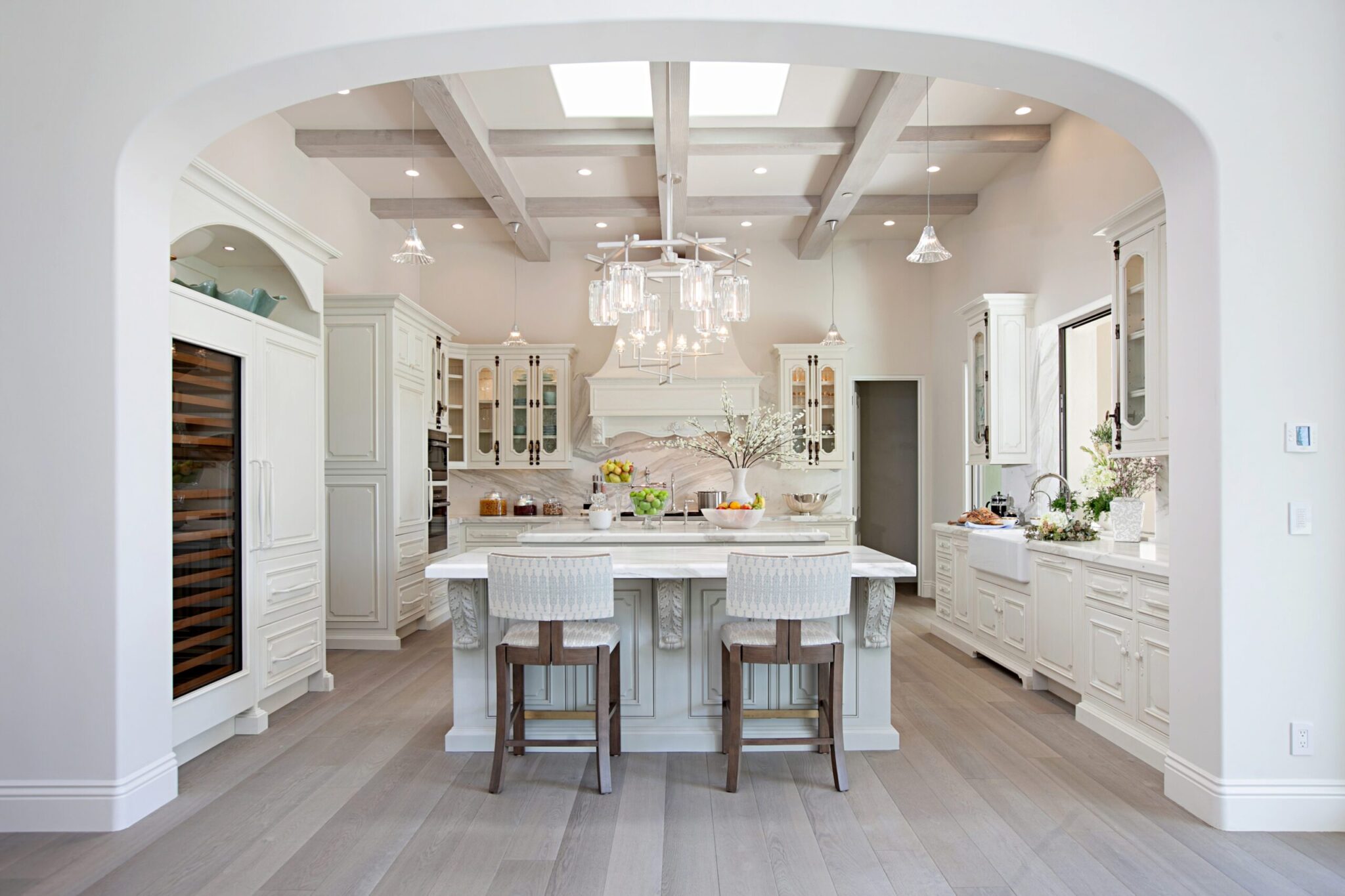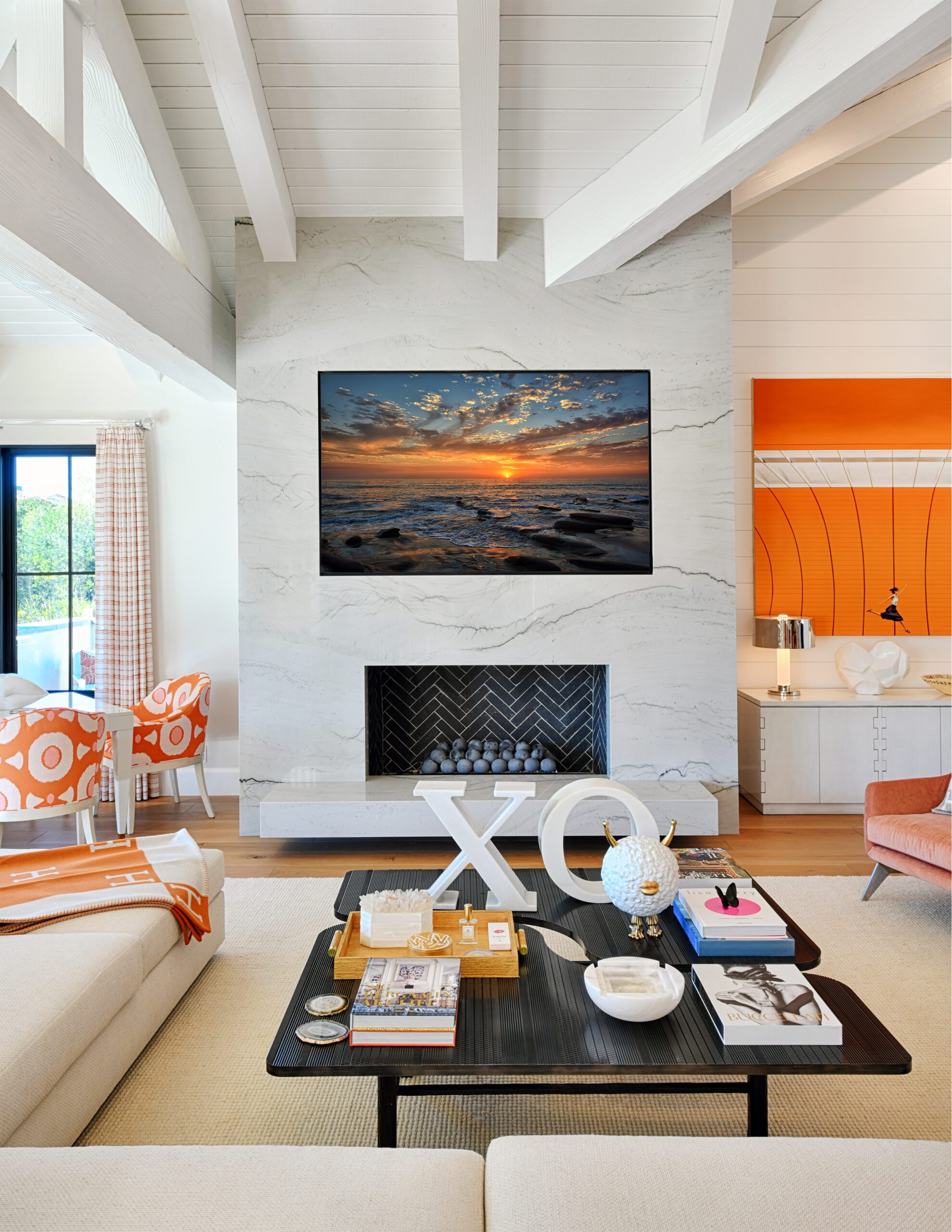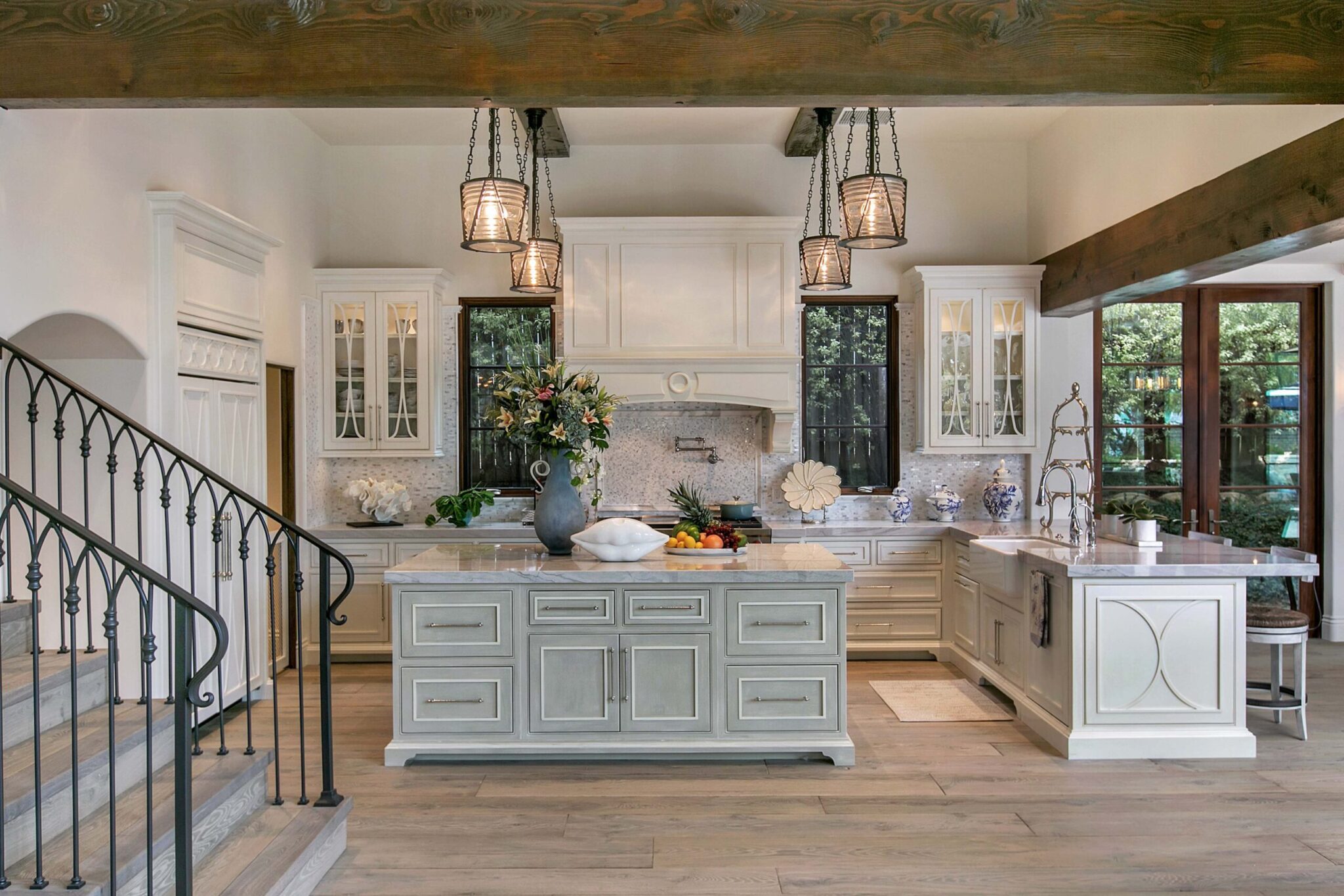Sustainable interior design has become more than just a trend—it is now a vital aspect of responsible living. With the growing concerns around environmental sustainability and climate change, homeowners and designers are increasingly looking for ways to reduce their carbon footprint, conserve natural resources, and create healthier living environments. The beauty of sustainable interior design is that it merges aesthetics with responsibility, allowing homeowners to enjoy a beautiful, functional home that doesn’t compromise the planet.
This article will dive into some of the best sustainable interior design practices, highlighting eco-friendly materials such as bamboo, reclaimed wood, low-VOC paints, and recycled materials, among others. By incorporating these elements, homeowners can create spaces that reflect both their style and environmental values. Sustainable interior design is not just about making eco-conscious choices; it’s about creating a space that feels timeless, luxurious, and connected to the natural world.
What is Sustainable Interior Design?
Sustainable interior design is an approach that considers the environmental impact of every element in a room or a home. It aims to reduce energy consumption, minimize waste, and choose materials that are renewable, recyclable, or non-toxic. This holistic approach involves careful consideration of the materials used in furniture, fixtures, flooring, and even the paints on the walls. Sustainability is about durability, reducing waste, and creating spaces that foster better air quality and environmental well-being.
At the heart of sustainable design lies the concept of conscious living—choosing materials and furniture that support a more sustainable future while maintaining the aesthetic integrity of your home. A key component of this design is making use of eco-friendly materials that are both durable and stylish. These materials not only help conserve resources but also support a more ethical and transparent supply chain.
Bamboo: A Renewable Material for the Modern Home
Bamboo is one of the most versatile and eco-friendly materials available. As a rapidly renewable resource, bamboo grows quickly—taking just three to five years to mature—unlike traditional hardwood trees that take decades to grow. This makes bamboo an ideal choice for homeowners looking to reduce their environmental impact while still achieving a stylish, sophisticated design.
Bamboo is incredibly durable and strong, with some species being stronger than traditional hardwoods. Its unique appearance, with a warm natural finish, makes it suitable for a wide range of design styles—from minimalist and contemporary to rustic and organic.
Applications of Bamboo in Interior Design
Bamboo Flooring: Bamboo flooring is one of the most common applications for this eco-friendly material. It is available in a variety of finishes and colors, from light honey tones to dark espresso hues. Bamboo floors are durable, scratch-resistant, and easy to maintain, making them perfect for high-traffic areas like the living room, kitchen, and hallway.
Bamboo Furniture: Bamboo’s strength and lightweight nature make it an ideal material for furniture. From bamboo bed frames to coffee tables and chairs, it’s a great option for creating modern, sustainable pieces that don’t compromise on style or function. Many bamboo furniture pieces incorporate sleek designs that complement minimalist and contemporary spaces.
Bamboo Textiles: Bamboo fabrics, often made from bamboo pulp, are soft, breathable, and hypoallergenic. Bamboo linens, towels, and upholstered furniture fabrics offer a natural alternative to synthetic textiles, adding comfort and luxury to any space.
Reclaimed Wood: Adding Character and Sustainability
Reclaimed wood is another staple in sustainable interior design, offering a perfect balance between aesthetics and environmental responsibility. Instead of using newly harvested timber, reclaimed wood is salvaged from old buildings, barns, and warehouses, giving it a second life and preventing unnecessary waste.
The unique grain patterns, colors, and textures of reclaimed wood give each piece of furniture or wall panel a distinctive look that tells a story. Not only is reclaimed wood eco-friendly, but it also adds warmth and character to any room, making it a fantastic option for both rustic and modern interiors.
How to Incorporate Reclaimed Wood in Your Home
Reclaimed Wood Furniture: Tables, chairs, and bookshelves made from reclaimed wood offer a natural, rustic charm. The weathered look of reclaimed wood brings depth to the space, and because no two pieces are exactly alike, each item feels unique.
Reclaimed Wood Wall Features: Reclaimed wood can also be used for feature walls, which add texture and interest to the room. Whether it’s used as paneling behind a TV unit or as a focal point in the living room, reclaimed wood gives your space a bold yet rustic feel.
Kitchen and Bathroom: In the kitchen, reclaimed wood can be used for countertops, shelving, and even cabinetry. In the bathroom, a reclaimed wood vanity or mirror frame can create a spa-like, natural atmosphere. These pieces seamlessly blend into both contemporary and traditional spaces.
Low-VOC Paints: Healthier, Eco-Friendly Walls
Volatile organic compounds (VOCs) are chemicals commonly found in paints, varnishes, and finishes that can negatively impact indoor air quality. These chemicals release harmful fumes that contribute to respiratory issues and overall discomfort. Low-VOC paints, however, provide a healthier alternative without sacrificing quality or color.
Low-VOC paints release significantly fewer chemicals, making them ideal for homes where indoor air quality is a concern. These paints are available in a variety of finishes—from matte to glossy—and can be used for walls, furniture, or cabinetry.
Benefits of Low-VOC Paints
Healthier Environment: By opting for low-VOC paints, you can improve the air quality inside your home, making it a safer space for you and your family, especially if you have young children, pets, or allergies.
Wide Range of Colors: The misconception that low-VOC paints come only in muted tones has long been dispelled. Today’s low-VOC paints come in an expansive palette, offering every color you could imagine—from rich, deep shades to bright, vibrant hues.
Durability and Coverage: Low-VOC paints are also durable and provide excellent coverage, making them just as reliable as traditional paints. Many of these paints are also designed to resist fading and wear over time, making them ideal for high-traffic areas.
Recycled Materials: A Sustainable Design Element
Using recycled materials in interior design is another effective way to create a sustainable home. These materials reduce waste and conserve natural resources, making them a great addition to any eco-conscious design. Recycled products can be used for flooring, furniture, décor, and even structural elements.
Examples of Recycled Materials
Recycled Glass: Recycled glass tiles can be used in the kitchen, bathroom, or even as wall features in the living room. Not only are they eco-friendly, but they also add a unique, colorful touch to any space.
Recycled Metal: Recycled metal furniture, lighting fixtures, and accessories help reduce the need for mining and extraction of new metal resources. These materials can be finished in a variety of ways—from polished chrome to matte black—making them perfect for both modern and industrial spaces.
Energy-Efficient Lighting: Brightening Your Space Responsibly
Lighting plays a crucial role in the atmosphere of a home, and energy-efficient lighting options can significantly reduce energy consumption while enhancing the aesthetic appeal. Energy-efficient lighting includes LED and CFL bulbs, which use less energy than traditional incandescent bulbs and last longer.
Choosing Sustainable Lighting
LED Lights: LED lights are the most energy-efficient option for illuminating your home. They consume up to 80% less energy than incandescent bulbs and have a much longer lifespan. Whether you choose recessed lighting in the kitchen, pendant lights in the dining room, or wall sconces in the living room, LED lighting provides brightness and clarity without the high energy costs.
Smart Lighting: Smart lighting systems can further enhance energy efficiency by adjusting brightness levels based on time of day or occupancy. These systems also allow you to control lighting remotely, ensuring that lights are turned off when not in use, further reducing energy waste.
Furniture with a Purpose: Eco-Friendly and Stylish
Furniture is a vital part of any interior design, and choosing sustainable options can significantly reduce your home’s environmental impact. Eco-friendly furniture is often made from sustainable materials, such as bamboo, reclaimed wood, and natural fibers, and is designed to minimize waste and pollution during manufacturing.
Eco-Friendly Furniture Choices
Sustainable Wood: Look for furniture crafted from FSC-certified sustainable wood or reclaimed wood. These options not only conserve forests but also help reduce waste. Sustainable wood can be used for tables, chairs, bookshelves, and cabinetry, offering a natural, timeless look.
Natural Fiber Upholstery: Furniture upholstered in natural fibers like linen, cotton, or hemp is a more sustainable choice than synthetic fabrics. These materials are biodegradable and require less energy to produce, making them an environmentally friendly option for sofas, chairs, and cushions.
Designing a Sustainable Home without Sacrificing Style
Sustainable interior design is about making choices that prioritize the planet without compromising on beauty, comfort, or style. By incorporating eco-friendly materials like bamboo, reclaimed wood, low-VOC paints, and recycled products, you can create a home that is not only aesthetically pleasing but also environmentally responsible.
Incorporating sustainable design into your home is not a one-size-fits-all solution—it’s about finding materials and practices that work best for your lifestyle and home. With eco-conscious choices, it is possible to create a beautiful, modern home that supports a healthier environment.
At Kern & Co Designs, we specialize in creating interiors that balance luxury with sustainability. Whether you’re designing a single room or an entire home, we’re here to help you make responsible design choices that enhance your space while respecting the planet.



